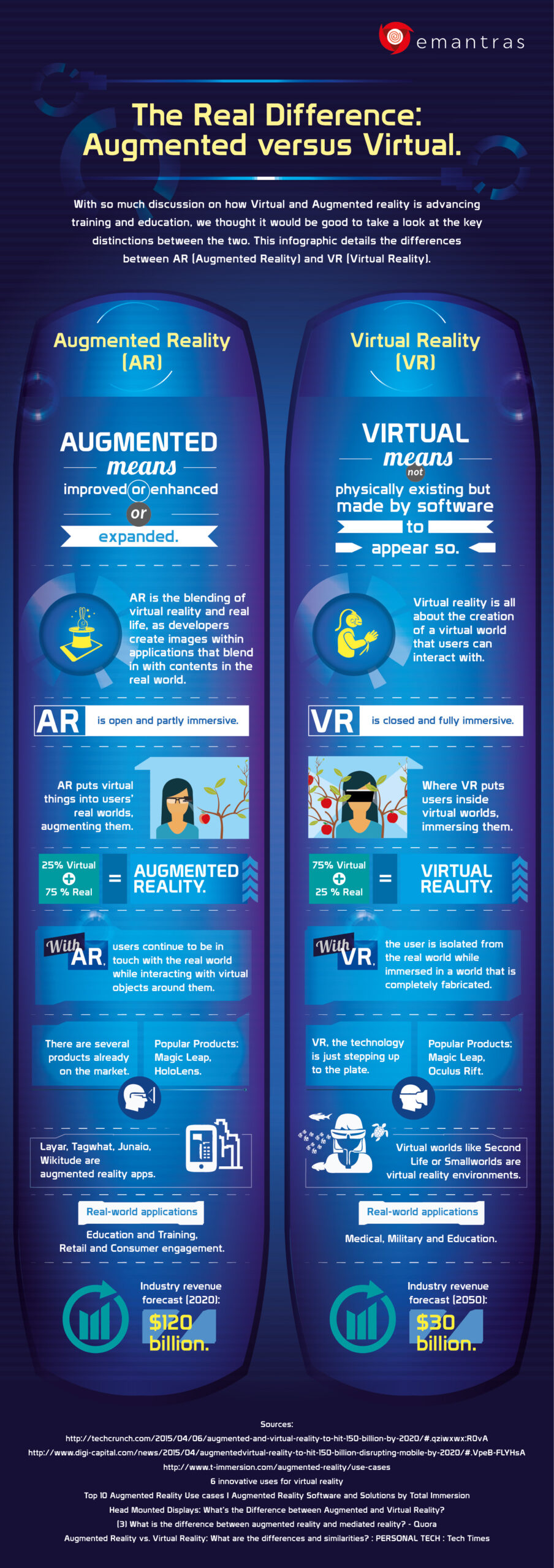Tag: Microsoft
-

Infographic – Virtual Reality Surging Into the Classroom
Virtual Reality is being used in classrooms now more than ever. One quarter of the schools are already using VR, and this number is continuing to grow. While most teachers are aware of VR, over three quarters of teachers have never used it in a school environment before and many agree that VR would definitely be…
-

Infographic: Behind the Screens of VR
Virtual Reality is a rapidly growing industry, currently dominated by companies including Samsung, Facebook, Google, Microsoft, HTC, and Sony. Each of these companies has a VR or AR device currently on the market, all ranging in cost. It is estimated that by 2020, 52 million head-mounted devices will be used in the US. These VR…
-

360 View of Virtual Reality
Virtual reality has been all around us since the first panoramic paintings in 12th Century China. Today we can see it used in virtual and augmented reality apps like Pokémon Go, which allows players to catch digital monsters in real settings. According to this infographic created by Couponbox.com, we have a lot of innovative and…
-

Infographic: Augmented Reality vs Virtual Reality
With both Augmented Reality and Virtual Reality growing in popularity, it is important to understand the difference between the two. Augmented Reality blends virtual reality with real life, putting virtual items into real worlds. AR consists of 25% virtual and 75% real environments, making it only partially immersive. Users are able to still be in…
-

Infographic – The History and Future of Augmented Reality
Unlike Virtual Reality, Augmented Reality does not immerse its user into a new environment; it enhances one’s reality by overlaying digital information onto things being viewed on a digital device. Though AR is rising in popularity in 2016, variations of it have been around since 1957 with Mortin Helig’s Sensorama machine as one such example.…
-

Infographic: Future of VR in Marketing
Virtual Reality has great potential in positively influencing the Marketing world. Well-known companies including Facebook, Google, and Microsoft investing in VR has caused a rise in awareness due to their large audience base. Some brands have already incorporated VR into their marketing campaigns. Clothing retailer, Topshop, created a campaign that virtually transported users in their UK-based…
-
The Console Wars Enter Virtual Reality at E3 2016
The Electronic Entertainment Expo, or E3, is a huge conference in the world of gaming with developers from all over coming to debut their plans for the coming future. Everything from new games, changes to existing games, new platforms, and more are announced and gamers the world over tune in to get a piece of…


